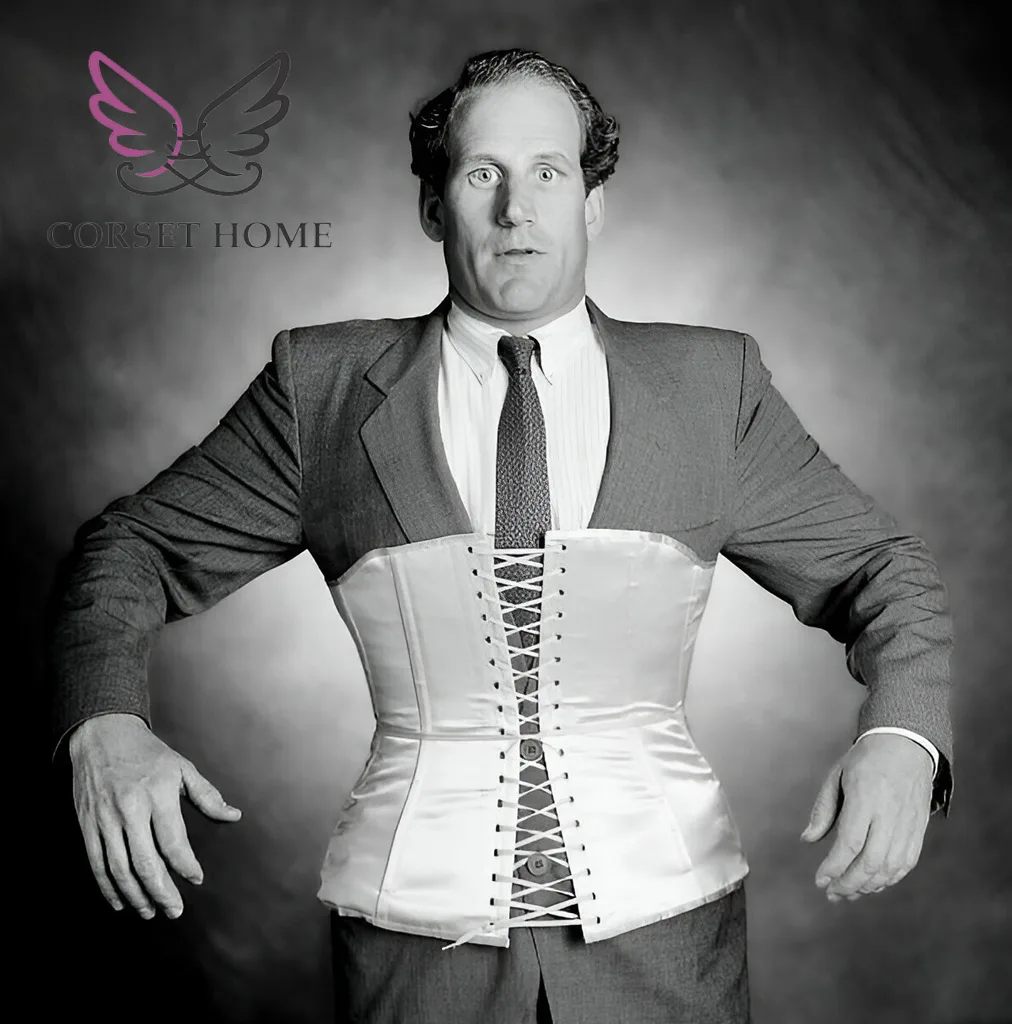When people think of corsets, they often imagine women from the Victorian era cinching their waists to achieve an hourglass figure. However, the history of corsetry is much broader and more inclusive than commonly perceived. Men, too, have worn corsets throughout history for various reasons, ranging from fashion to health. This blog delves into the fascinating history of men wearing corsets, the reasons behind this practice, and how it has evolved over time.
Did Men Wear Corsets? Step-By-Step Guide
Historical Context
The corset, a tightly fitting garment that shapes the torso, has been a staple in fashion for centuries. While its association with women is well-documented, men’s use of corsets dates back to the 16th century. During this period, men wore corsets, or stays, to achieve a more slender silhouette, which was considered fashionable among the European aristocracy. These early corsets were often less restrictive than those worn by women but still served to shape the body.
The 18th and 19th Centuries
In the 18th century, men’s fashion continued to favor a streamlined figure. Men of the upper classes wore corsets to create a sleek appearance under their elaborate coats and waistcoats. This practice was not limited to the European elite; even military uniforms sometimes included corsets to ensure a uniform appearance among soldiers.
The 19th century saw a surge in the popularity of corsets among men, particularly during the Victorian era. At this time, corsetry for men became more structured and rigid, much like the corsets worn by women. Men wore these garments not only for fashion but also for health reasons. It was believed that corsets could provide support for the back and improve posture, which was particularly beneficial for those with physically demanding jobs or back pain.
The Role of Corsets in Modern Men’s Fashion
As fashion trends evolved, the popularity of corsets among men waned in the early 20th century. However, they never completely disappeared. In the latter half of the 20th century, corsets made a comeback in various subcultures. The punk and goth movements of the 1970s and 1980s, for instance, embraced corsetry as a form of rebellion against mainstream fashion norms. Male performers and fashion icons began to incorporate corsets into their wardrobes, challenging traditional notions of masculinity.
Today, men’s corsets are experiencing a resurgence, driven by a growing interest in vintage fashion and a desire for body modification. Modern men’s corsets are designed to be both functional and stylish, often made from materials such as leather and denim. They are worn for various reasons, including fashion, cosplay, and waist training.
Corsets and Body Image
The use of corsets by men also ties into broader discussions about body image and societal expectations. Just as women have historically used corsets to conform to beauty standards, men have used them to achieve a certain physique. The pressure to have a slim, athletic body is not exclusive to women; men, too, face societal pressures that can impact their self-esteem and body image.
Corsets can provide a temporary solution for those looking to shape their bodies, but it is essential to approach their use with caution. Prolonged use of tightly laced corsets can lead to health issues such as restricted breathing, muscle atrophy, and organ displacement. Therefore, anyone considering wearing a corset, regardless of gender, should do so with an understanding of the potential risks and benefits.
Contemporary Uses and Trends
In contemporary fashion, men’s corsets are more versatile and accessible than ever before. Designers are creating corsets that cater to a variety of styles and preferences. From the classic black corset to the elegant beige corset, there is something for everyone. These modern designs are often more comfortable and adjustable than their historical counterparts, making them suitable for everyday wear or special occasions.
Corsets are also popular in the world of performance art and entertainment. Drag performers, in particular, use corsets to create dramatic silhouettes and enhance their stage presence. The beige corset, for example, is a favorite among performers for its ability to blend seamlessly with various costumes and themes.
FAQs About Men Wearing Corsets
Q: Did men historically wear corsets?
A: Yes, men have worn corsets throughout history. From the 16th century onwards, men used corsets to achieve fashionable silhouettes, improve posture, and provide back support.
Q: Why do men wear corsets today?
A: Today, men wear corsets for various reasons, including fashion, cosplay, waist training, and performance art. Modern corsets are designed to be both functional and stylish.
Q: Are men’s corsets different from women’s corsets?
A: While there are similarities, men’s corsets are often designed with a different structure to accommodate the male torso. They may be less cinched at the waist and more focused on providing support and shaping the upper body.
Q: Is it safe for men to wear corsets?
A: Wearing a corset can be safe if done correctly. It is important to choose a well-fitting corset and not to lace it too tightly. Prolonged use of a tightly laced corset can lead to health issues, so moderation and proper use are key.
Q: Where can men buy corsets?
A: Men’s corsets are available from various retailers, both online and in-store. Specialty shops like “Corset Home” offer a wide range of options tailored to different styles and preferences.
Q: What materials are men’s corsets made from?
A: Modern men’s corsets are made from a variety of materials, including leather, denim, satin, and lace. The choice of material often depends on the intended use and desired aesthetic.
Q: How should a corset be worn for maximum comfort?
A: To ensure maximum comfort, a corset should be worn over a thin layer of clothing to prevent chafing. It should be laced snugly but not too tightly, allowing for ease of movement and breathing.
Conclusion
The history of men wearing corsets is rich and varied, reflecting broader trends in fashion, health, and societal expectations. From the aristocracy of the 16th century to modern-day fashion enthusiasts, men have embraced corsets for their ability to shape the body and make a statement. As corsetry continues to evolve, it remains a versatile and enduring element of men’s fashion.
For those interested in exploring this unique aspect of fashion history, “Corset Home” offers a wide selection of men’s corsets, including the timeless beige corset. Whether for fashion, function, or fun, corsets provide a fascinating glimpse into the ever-changing world of style.
Feel free to visit corsethome.com to browse our collection and find the perfect corset for your needs.

